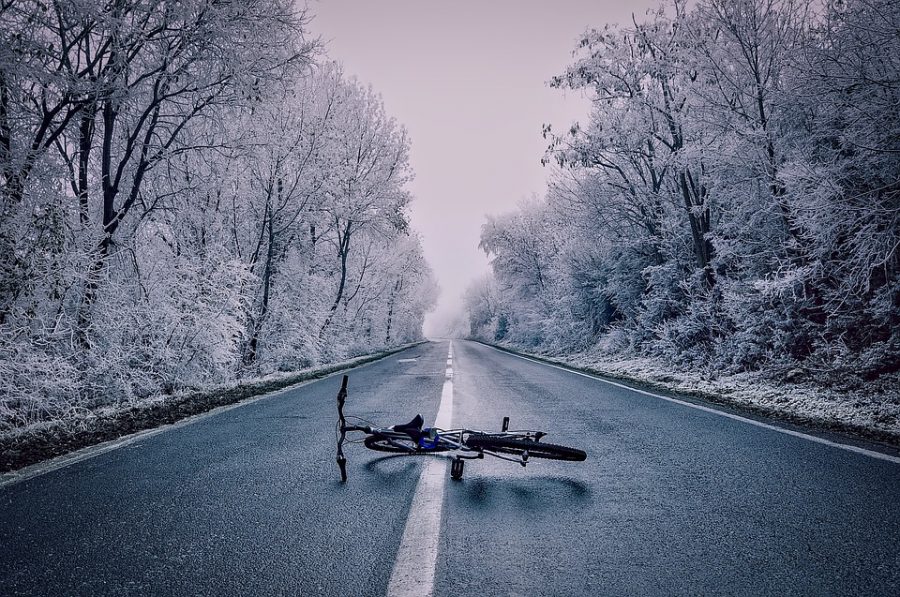Winter is inevitable in Utah. For a large portion of the year Utah will be cold, and it will be dark. As someone from California, I do not welcome winter with open arms, but nevertheless it arrives anyway. And during this seasonal time it is not uncommon to hear mentions of seasonal depression, or the “winter blues.” The idea that people feel worse in winter compared to other seasons has been around for a while, and the idea has even made it into pop culture.
I have been living in Utah for four years now and it has only dawned on me now that seasonal depression might be affecting my life. So, I did some digging, in both scientific studies and my own history with winter to find out if seasonal depression is, in fact, a real thing. I discovered that the answer is both yes and no.
It turns out that the idea of seasonal depression has been around for a while. In the 1980s the National Institute of Mental Health recognized seasonal depression under the category of Season Affective Disorder, or SAD. I don’t think they could have come up with a better acronym for the topic, as SAD encapsulates the issue rather well. However, since the 1980s not much else has been definitively discovered about SAD. There is still much that is unknown about the disorder.
The symptoms are rather simple: fatigue, overeating, trouble getting up in the morning and excess drinking. The symptoms are not unlike regular depression, and Alfred Lewy, MD, a seasonal affective disorder researcher at the Oregon Health & Science University, says that is because SAD is all about a spectrum of severity. This means that patients could experience some of the symptoms for SAD without truly having depression.
Through different studies, researchers have found that brain chemicals, ions in the air, light exposure, genetics and culture might be involved in SAD. While scientists don’t exactly know what SAD is entirely, or how it is caused, we have discovered ways of treating it.
The most popular fix for SAD is light therapy, which is based on the idea that the lack of exposure to sunlight is the reason people start feeling blue in winter. Light therapy normally involved light boxes that act as artificial sunlight making up for the lack of true sunlight. Scientists have not unanimously agreed that light therapy solves SAD, but instead agree that if the light box feels like it is helping then there is no reason to stop. The Mayo Clinic has a guide on how to choose the right light box for you.
However, there is a case study that puts a dent in the lack of sunlight being the cause of SAD. Residents of Fairbanks Alaska can receive as little as four hours of sunlight a day during winter, but only 9% of residents are said to experience SAD. Residents say that by staying active during winter helps them avoid “cabin fever.”
Michael Terman, Ph.D., at the Columbia-Presbyterian Medical Center in New York, has another explanation for why the people in Alaska have lower occurrences of SAD. Terman theorizes that the people who cannot handle winter have left the arctic, leaving only those who can withstand the winter in healthy ways. This aligns with my personal experience. I react so negatively to winter that I am leaving Utah after graduation and not looking to come back. I am one of those people who cannot cope with winter, and so have decided that it isn’t a healthy fit for me.
Another reason SAD is not found in higher numbers, even in the arctic, is culture. Norway reports very low percentages of residents experiencing SAD, and that may be because of Norwegian culture. The culture of accepting winter and even celebrating the cold could leave the residents more resistant to SAD, which is exactly what Norwegians do.
While science hasn’t determined what causes SAD, or a foolproof way to deal with it, there is work being done so that we might have answers in the future. Until then I will be sitting in my room with a light box and some hot chocolate.


